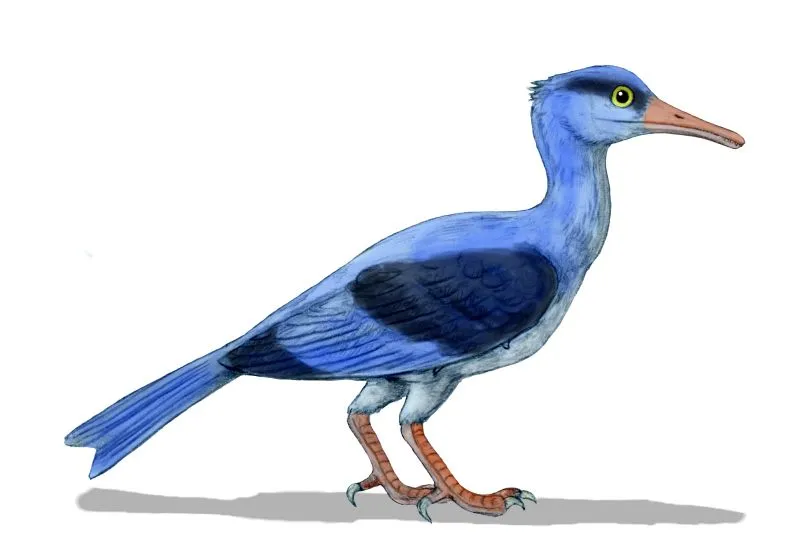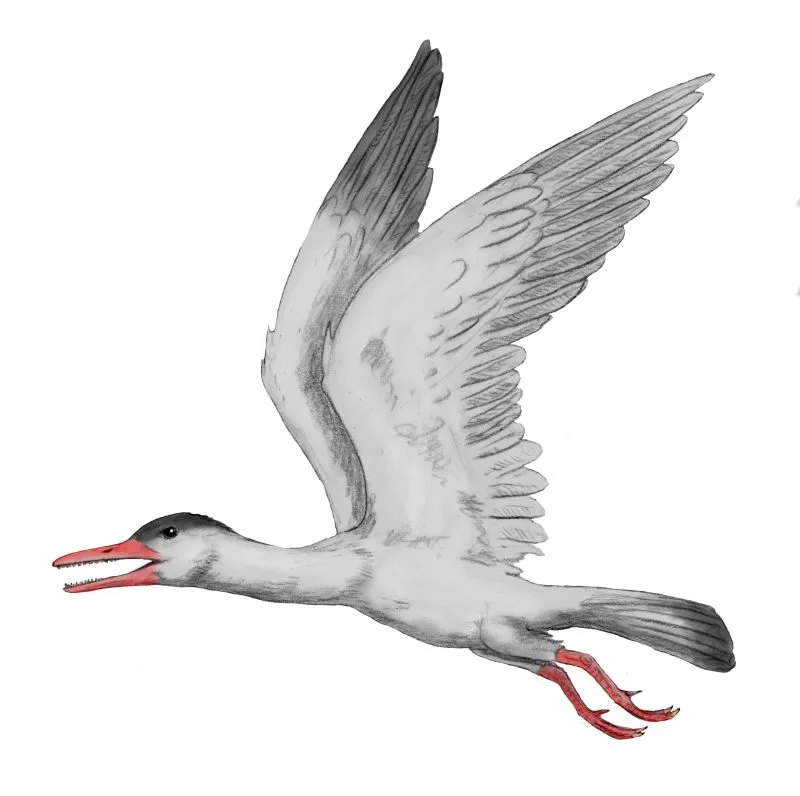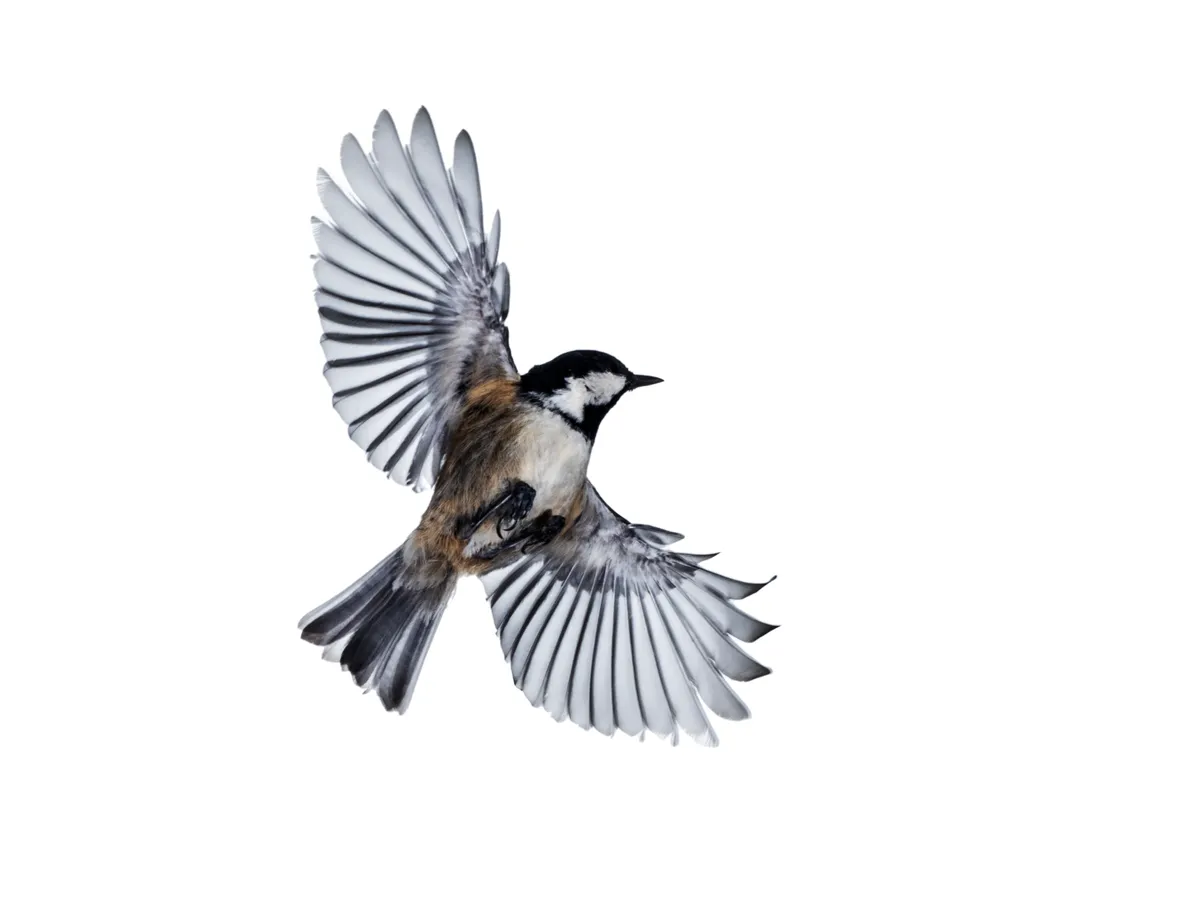What is evolution?
From bacteria to blue whales, all life on Earth owes its existence to a process of deceptive simplicity yet astonishing power: evolution. It drives the diversity of living creatures and reveals how seemingly miraculous traits can emerge from the need to survive. It also provides the insights needed to create new organisms to order.
Small wonder that evolution is so controversial. Long regarded as primarily a way of understanding past life, it is now at the forefront of concerns about the future. How can we protect species from environmental change? What are the dangers of using evolutionary processes for our own ends?
Nor is the impact of evolution restricted to global issues. From the emergence of antibiotic-resistant ‘superbugs’ to the selective breeding of plants and animals, its effects are manifest at every level of life.
Fundamentalists insist that all life is the act of a divine creator. Scientists claim that the processes of evolution continue to work miracles to this day.
- Does the tree of life reflect evolution?
- Endosymbiosis guide: what it is and why complex life needs endosymbiosis
- Phenotype guide: what it is, it’s relation to the genotype and the effect on evolution
- Speciation: what a species is, and how new species form
- What are chromosomes and why are chromosomes important?
How does evolution work
At the core of evolution is change: how living organisms change in the face of changing environments. It was modifications to the beaks of finches that led Charles Darwin to first ponder the idea of evolution in On the Origin of Species. But the process by which these alterations took place was harder to explain. Darwin knew from animal breeders that the changes were random – yet they also had to be capable of being inherited by future generations, or they would be of only fleeting benefit.
It is now known that such developments take the form of random mutations of genes, the chemical instructions inside every living cell. Genes can be mutated by many means, from exposure to radiation, to blunders by the gene-reading mechanisms of cells. Most mutations are harmful, and are likely to be eliminated by the body or cause premature death. But, if the organism can breed, the mutations are passed on via DNA to its offspring.
While mutations produce change, their random nature makes them inefficient at creating organisms suited to their environments. With even simple bacteria having thousands of genes, the probability of organisms developing beneficial mutations by chance alone are tiny. What is needed is a filter to boost the effect of beneficial mutations. That filter is natural selection – the name coined by Darwin to describe the influence of the environment on living organisms.
Natural selection ensures that beneficial genes are singled out through their effect on reproductive success. For example, a mutation that makes an organism more able to defend itself has a better chance of being passed on than one that leads to premature death. Working together, random mutation and natural selection are astonishingly effective at producing successful organisms. It explains not only how life came to be as it is now,
but also how it continues to change.
How did some dinosaurs evolve into birds?
In 1860, just months after the publication of Darwin’s On the Origin of Species, evidence for the reality of evolution was discovered in a limestone quarry in Germany. It was the fossil of a winged creature about the size of a raven, which appeared to be somewhere between a reptile and a bird. Named Archaeopteryx, its apparent link to both small dinosaurs and modern birds was noted by Darwin’s contemporaries.
How did mammals evolve?
Mammals are animals in which the females have mammary glands and produce milk, and that includes us. These glands don’t survive in fossils, so most of what we know about mammal evolution depends on the fact that mammals use two small bones for hearing, which other animals – like lizards and dinosaurs – used for eating.
Although there was no abrupt transition to ‘true mammals’, the general idea is that the tetrapods (vertebrates with four legs) divided into amphibians (who lay eggs in water) and amniotes (who lay eggs on land). Amniotes then split into sauropsids (including dinosaurs) and synapsids (including mammal-like reptiles), which eventually led to mammals. Once the dinosaurs were gone, early mammals could stop living nocturnally and flourish in the many forms we find today.
How do humans influence evolution?
Humans have long exploited the processes of evolution to create ‘designer organisms’, from hardier crops to cuter pets. All domestic dogs are descended from wolves, but they have been selectively bred over the centuries to create hundreds of different breeds that come in an enormous variety of shapes and sizes.
There are limitations, however. For example, despite the best efforts of breeders, racehorses still run no faster than they did decades ago, as their physiques are now at their absolute limits. Robert Matthews
What is convergent evolution?
Convergent evolution happens when distantly related species develop similar solutions to the same problem.
Porcupines (rodents) and hedgehogs (insectivores) evolved their spines independently, for example, while not only have whales and bats evolved similar sonar systems, but some of the genetic changes that underpin them are identical. Stuart Blackman
When was evolution discovered?
Darwin wasn’t the only one who thought evolution held the answers.
c550 BC Greek philosopher Anaximander hints at the idea of evolution by suggesting that humans are a development of other animals.
1809 French naturalist Jean Lamarck publishes the first attempt to explain the development of life on Earth.
1831 Charles Darwin begins his voyage on the Beagle, collecting evidence that will form the core of his theory on evolution.
1858 English naturalist Alfred Russel Wallace also formulates a theory of evolution, prompting Darwin to publish On the Origin of Species the following year.
1865 Austrian monk Gregor Mendel publishes the results of garden experiments. These reveal genes that transmit traits down through generations.
1944 Oswald Avery and colleagues at the Rockefeller Institute reveal that genetic information is carried in DNA.
Main image: Archaeopteryx dinosaur © Getty Images




